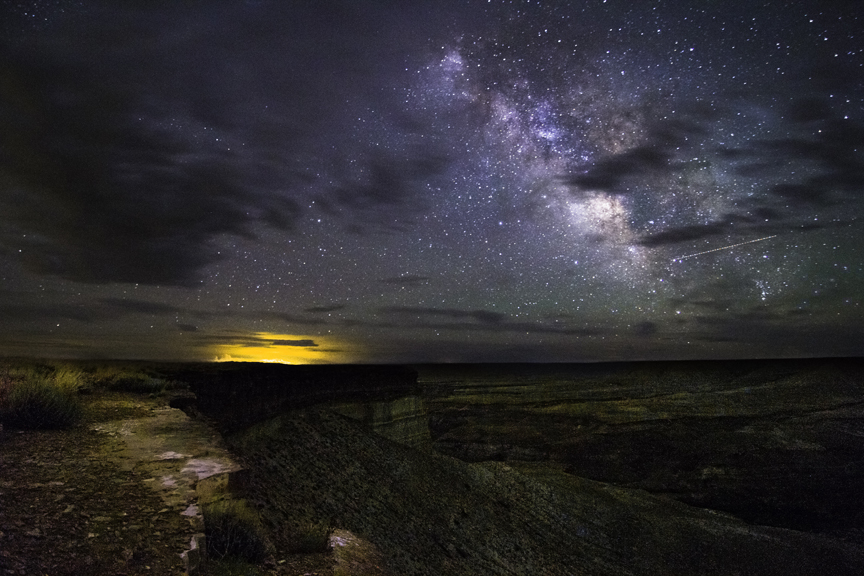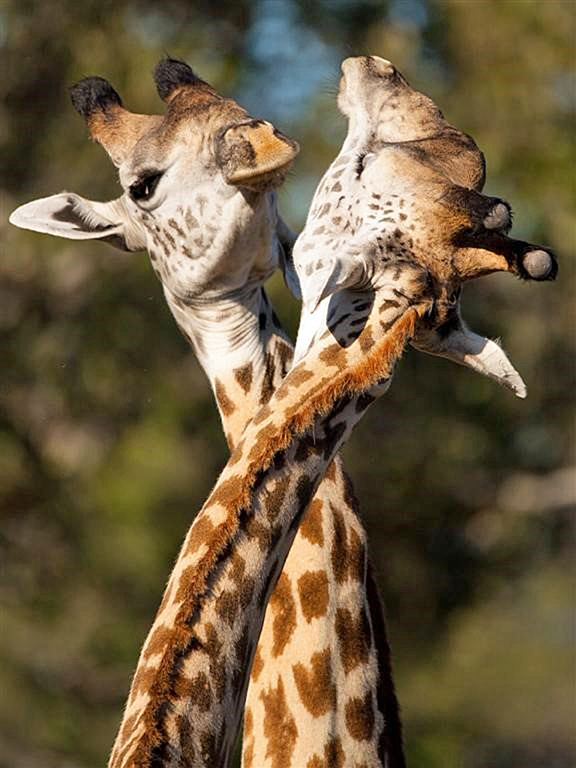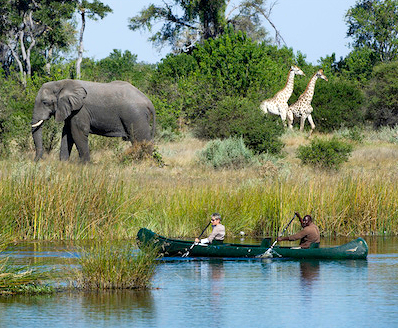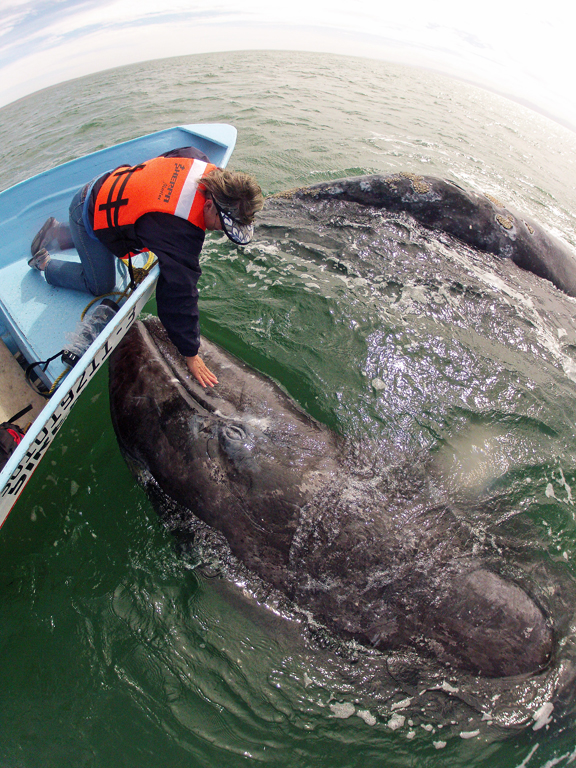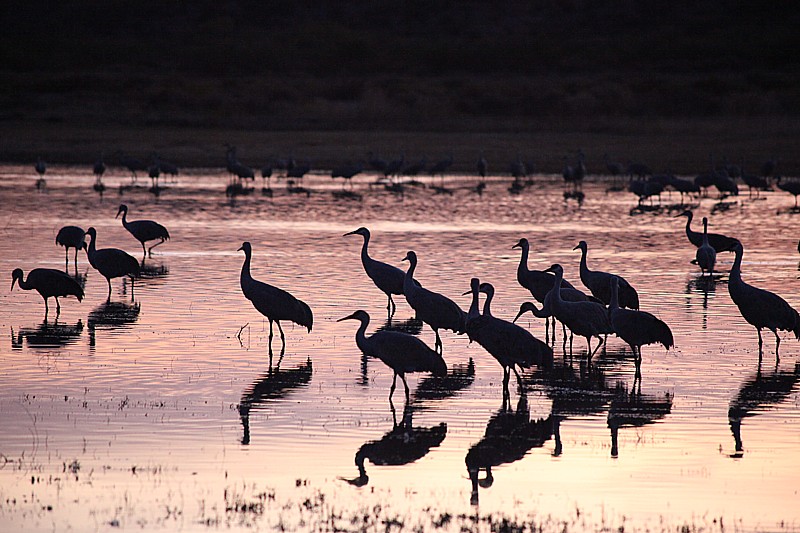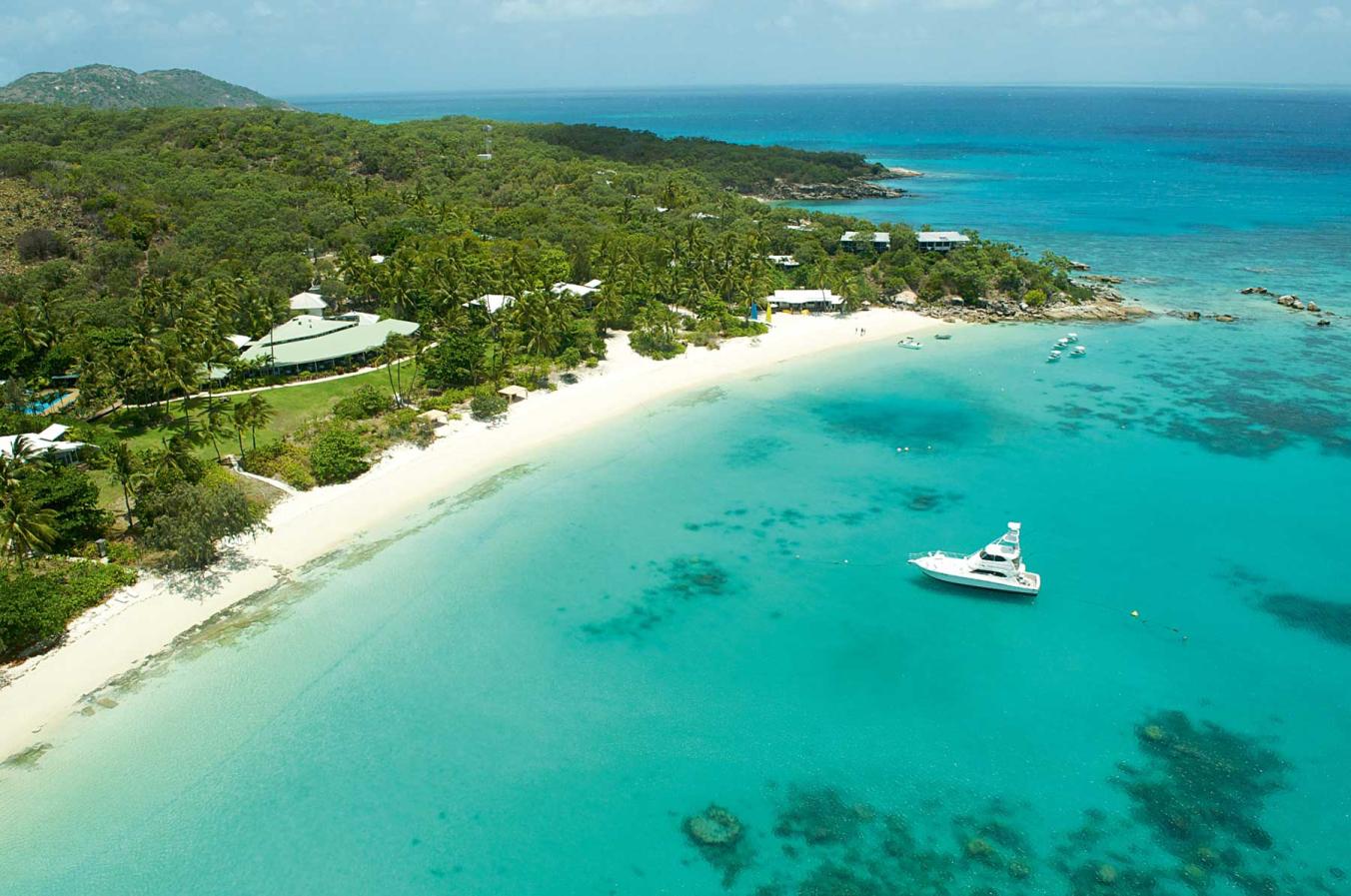
Since launching in January 2015, National Geographic Unique Lodges of the World has nearly doubled the number of properties in its impressive collection, increasing its geographic breadth to the Canadian High Arctic, Brazil’s Atlantic Forest, the Seychelles, the mountains of northern Greece and beyond. The collection began with 24 charter members and accepted 14 in June and seven over the past few months, bringing it to 45 lodges — and counting. These extraordinary properties were selected for the outstanding guest service and experiences they offer, and for their leadership in sustainable tourism and commitment to protecting cultural and natural heritage. They must undergo a rigorous vetting process and a site audit to become part of the collection.
Lodges joining the collection include:
- Fregate Island Private, Seychelles
- Churchill Wild – Seal River Heritage Lodge, Canada
- Aristi Mountain Resort and Villas, Greece
- Tiamo Resort, Bahamas
- Reserva do Ibitipoca, Brazil
- Banyan Tree Ringha, China
- Lone Mountain Ranch, Montana, U.S.
With the additions this past year come a wide range of new opportunities for travelers, such as walking safaris with world-class guides at The Bushcamp Company in Zambia’s South Luangwa National Park, horseback riding and hiking in the shadow of a volcano at Mexico’s Hacienda de San Antonio, and cooking classes with a renowned chef in Alaska’s backcountry at Winterlake Lodge. At all of the properties in the collection, guests who book their stay through the National Geographic Unique Lodges of the World online site (www.NationalGeographicLodges.com) are treated to a special, exclusive experience, such as a meeting with the son of a traditional shaman at Pacuare Lodge in Costa Rica, or a private catered dinner in a grove of ancient milkwood trees at South Africa’s Grootbos Private Nature Reserve.
The owners and managers of the lodges are some of the world’s leading minds in sustainable tourism. By bringing them together, the collection has created a vibrant forum for the exchange of ideas, innovations, and best practices. At a gathering of members in May 2015, topics of discussion included an air conditioning system run on coconut oil and deep sea water at the Brando in French Polynesia, and an initiative at Sukau Rainforest Lodge in Malaysian Borneo to ward off wild elephants using bees—creating an income generator for local communities while reducing conflicts between humans and wildlife.
The award-winning website features detailed descriptions of each lodge as well as a variety of rich content: profiles of staff members, favorite recipes from the lodge chefs, and stories about conservation initiatives and community projects sponsored by the lodges.
“We built National Geographic Unique Lodges of the World to serve as a shining example of sustainable tourism around the world, and we are thrilled to see the remarkable growth of the collection this past year. By providing such fantastic guest experiences while demonstrating how travel can be a force for good, we hope to elevate sustainable tourism and inspire others to join us,” said Lynn Cutter, National Geographic’s executive vice president for Travel. “We look forward to providing travelers with even broader array of unique opportunities around the world as we continue to expand our collection in the years to come.”
National Geographic Unique Lodges offer travelers a full-service experience from booking to checkout. On the Unique Lodges website, travelers can search for lodges by region or by activity — such as birding or kayaking — and find the lowest rates available. They can request a reservation or book a National Geographic Private Expedition that features a Unique Lodge, such as an expedition to Costa Rica that features a stay at Pacuare Lodge and Lapa Rios Eco Lodge, or a trip to the Greek Isles that includes three nights at Kapari Natural Resort on Santorini, with an option to continue your trip at Aristi Mountain Resort and Villas. Or they can create a custom itinerary that incorporates a stay at a Unique Lodge.
Here is a complete list of National Geographic Unique Lodges of the World members:
- Africa: Fregate Island Private, The Seychelles; Grootbos Private Nature Reserve, Western Cape, South Africa; Kasbah du Toubkal, High Atlas Mountains, Morocco; Mara PlainsCamp, Olare Motorogi Conservancy, Kenya; ol Donyo Lodge, Chyulu Hills, Kenya; Rubondo Island Camp, Rubondo Island National Park, Tanzania; Sabi Sabi Earth Lodge, Sabi Sand Reserve, South Africa; Sayari Camp, Serengeti National Park, Tanzania; The Bushcamp Company, South Luangwa National Park, Zambia; Tswalu Kalahari, Kalahari, South Africa; Zarafa Camp, Selinda Reserve, Botswana
- Asia: Sukau Rainforest Lodge, Malaysian Borneo; Three Camel Lodge, Mongolia; Zhiwa Ling Hotel, Bhutan, Banyan Tree Ringha, China
- Australia and the Pacific: Capella Lodge, Lord Howe Island; Lizard Island, Great Barrier Reef; Longitude 131°, The Northern Territory; Southern Ocean Lodge, Kangaroo Island; The Brando, French Polynesia
- Central America and The Caribbean: Lapa Rios Eco Lodge, Osa Peninsula, Costa Rica; Pacuare Lodge, Limón Province, Costa Rica; Petit St. Vincent, St. Vincent and the Grenadines, Caribbean; Rosalie Bay Lodge, Morne Trois Pitons, Dominica; Tiamo Resort, The Bahamas
- Europe: Aristi Mountain Resort and Villas, Greece; Kapari Natural Resort, Greece
- North America: Churchill Wild – Seal River Heritage Lodge, Manitoba, Canada; Cuixmala, Costalegre, Mexico; Fogo Island Inn, Newfoundland, Canada; Hacienda de San Antonio, Colima, Mexico; Nimmo Bay Wilderness Resort, British Columbia, Canada; Siwash Lake Ranch, British Columbia, Canada; The Ranch at Rock Creek, Montana, United States; Tutka BayLodge, Alaska’s Kenai Peninsula, United States; Winterlake Lodge, South-Central Alaska, United States; Lone Mountain Ranch, Montana, United States
- South America: Inkaterra Hacienda Concepción, Amazon Rain Forest, Peru; Inkaterra Hacienda Urubamba, Sacred Valley of the Inca, Peru; Inkaterra La Casona, Cusco, Peru; Inkaterra Machu Picchu Pueblo Hotel, Machu Picchu Pueblo, Peru; Mashpi Lodge, Chocó Rain Forest, Ecuador; Reserva do Ibitipoca, Brazil; Tierra Atacama Hotel & Spa, Atacama Desert, Chile; Tierra Patagonia Hotel & Spa, Patagonia, Chile
For more information about National Geographic Unique Lodges of the World, visit www.nationalgeographiclodges.com. Lodge owners may apply to join the collection at www.nglodgesapplication.com.
National Geographic Travel creates authentic, meaningful and engaging travel experiences through National Geographic Traveler magazine; National Geographic Expeditions; National Geographic Unique Lodges of the World; travel books; maps; digital travel content; and travel photography programs. National Geographic Traveler (six issues per year) is the world’s most widely read travel magazine and has 17 international editions. National Geographic Expeditions offers a variety of unique travel experiences led by top experts to more than 80 destinations across all seven continents. Travel opportunities include family and student expeditions, active adventures, journeys with G Adventures, private jet trips and voyages on the six expedition ships in the National Geographic-Lindblad fleet, as well as photography workshops, expeditions and seminars. The National Geographic Travel digital group, shares its inspiring and authoritative digital content such as trip ideas, photo galleries, blogs and apps with its @NatGeoTravel community of 6.5 million. National Geographic Travel books bring readers curated travel advice, photography and insider tips. Follow National Geographic Travel @NatGeoTravel on Twitter, Facebook, Tumblr, Pinterest, Instagram and Google+.
For more travel features, visit:
www.examiner.com/eclectic-travel-in-national/karen-rubin
www.examiner.com/international-travel-in-national/karen-rubin
goingplacesfarandnear.com
goingplacesnearandfar.wordpress.com
moralcompasstravel.info
travelwritersmagazine.com/TravelFeaturesSyndicate/
‘Like’ us on facebook.com/NewsPhotoFeatures
Twitter: @TravelFeatures
